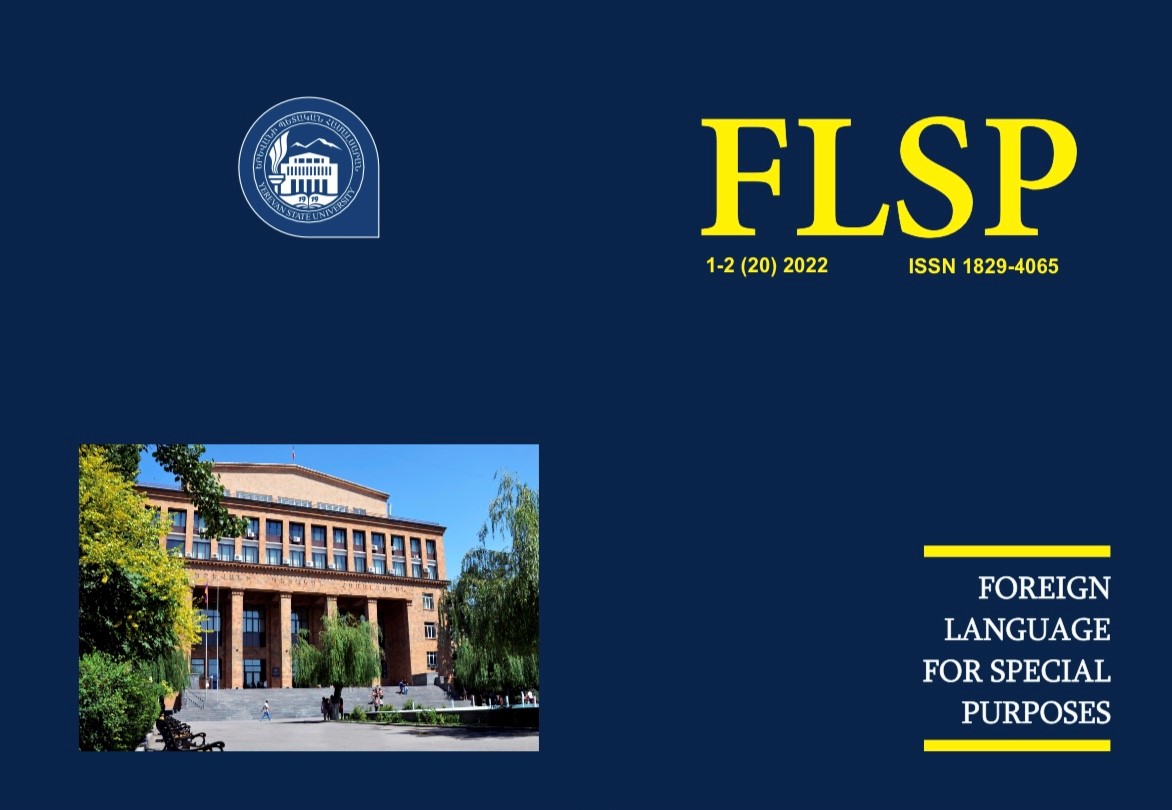THE INTEGRATION OF INFORMATION AND COMMUNICATION TECHNOLOGY INTO TEACHING-LEARNING PROCESS AT UNIVERSITIES
DOI:
https://doi.org/10.46991/flsp.v20i1-2.8958Keywords:
ICT, learning process, language teaching and learning, technology, application, CD-ROM,, mobile learning,, video conferencing,, CALL (Computer Assisted Language Learning).Abstract
The use of Information and Communication Technology (ICT) such as Internet application, CD-ROMS, Video-Technologies and various computer attachments and software programs have caused many changes in society as well as in the field of education. The use of ICT in teaching and learning process involves a number of concepts and thus, it can be a potential tool for enhancing teaching and learning process. It has many advantages over the traditional teaching and learning approach.
The use of ICT in education leads to more student-centered learning settings. With the world moving rapidly into digital media and information, the role of ICT in education is becoming more and more important, the latter continuing to grow and develop in the 21st century.
References
Baskin B. H., Harris, K. (1995), Heard any Good Books Lately? The Case for Audio Books in
the Secondary Classroom, Journal of Reading, 38.5, pp. 372-376.
Beers K. (1998), Listen While You Read: Struggling Readers and Audio Books, School
Library Journal (4), 4.4, Web. Available online through Audio Bookshelf, pp. 30-35.
Kent (2004), QCA Schemes of Work for ICT, in Kent Country Council, p. 25.
McPake J., Stephen C., Plowman L., Sime D., and Downey S. (2005), Already at a
Disadvantage? ICT in the Home and Children’s Preparation for Primary School, pp. 303-319.
Olsen (2000), Quoted by Rathnabai A. and Viswanathappa S. G., in ICT Meditation in
Learning Mathematics, Edutracks, 343(20), October, pp. 1430–1438.
Prakash and Reddy (2013), Information and Communication Technologies in ODL:
Contextualizing the Framework, University News, 51(21), May27-June 02, pp. 383-398.
Punie Y. (2007), Learning Spaces: An ICT-enabled Model of Future Learning in the
Knowledge- based Society, European Journal of Education, 42, pp. 185-199.
Reid S. (2002), The Integration of Information and Communication Technology into
Classroom Teaching, Alberta Journal of Educational Research. Vol. XLVIII, No.1., 48(1),
pp. 30-46.
Tejwani S. (2013), Sylvia Thomas J. Empowering, Learners of the 21st Century through M-
learning: Need of the Hour. Edutracks; A Monthly Scanner of Trends in Education, 12(8),
pp. 10-11.
Thiyagu K. (2013), Web 2.0 Tools for Classrooms Applications. Edutracks; A Monthly
Scanner of Trends in Education, 12(8), pp. 29-33.
Downloads
Published
Issue
Section
License
Copyright (c) 2022 Foreign Languages for Special Purposes

This work is licensed under a Creative Commons Attribution-NonCommercial 4.0 International License.
Creative Commons Attribution-Non-Commercial (CC BY-NC). CC BY-NC allows users to copy and distribute the article, provided this is not done for commercial purposes. The users may adapt – remix, transform, and build upon the material giving appropriate credit, providing a link to the license. The full details of the license are available at https://creativecommons.org/licenses/by-nc/4.0/

